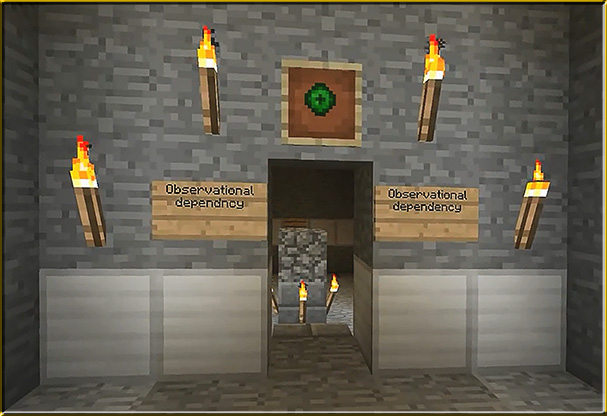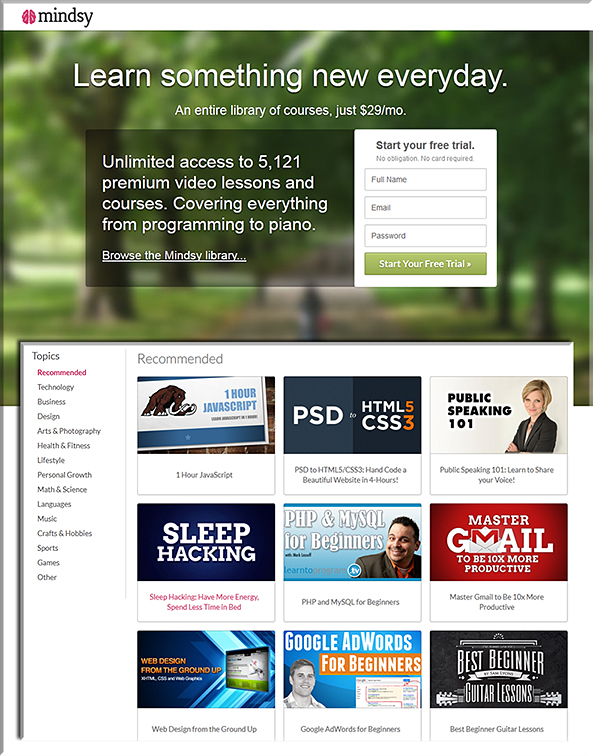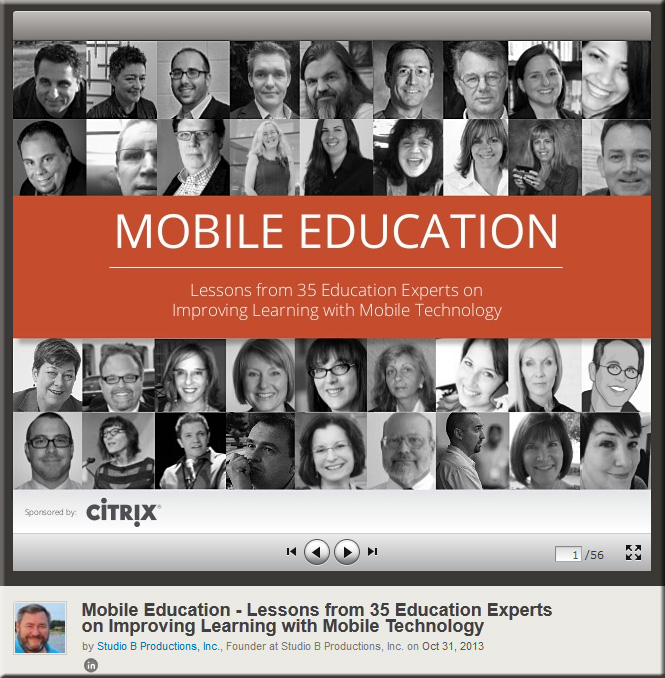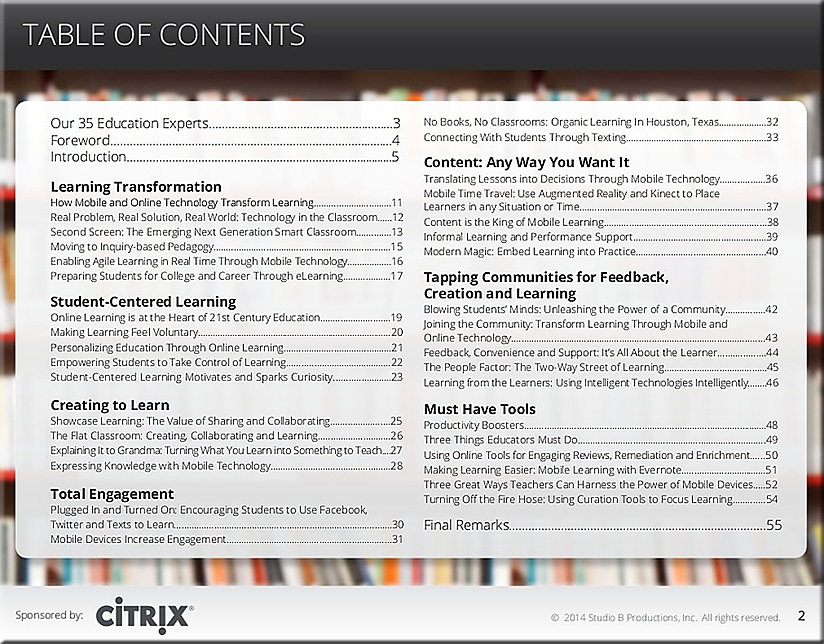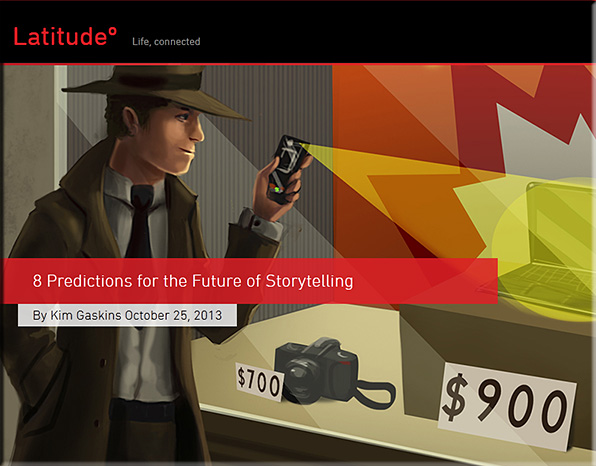Behind the immersiveness trend: Why now? — from deepmediaonline.com by Frank Rose with a thanks to Digital Rocking Chair for the Scoop on this
Excerpt (emphasis DSC):
When JWT Intelligence announced its “10 Trends for 2014 and Beyond” recently, trend #1 was “immersive experiences.” Certainly you can feel this in New York: From Punchdrunk’s Sleep No More (now running for nearly three years) to MoMA’s Rain Room to Yayoi Kusama’s Infinity Mirrored Room, people are willing to pay top dollar or line up for hours to experience something all-encompassing and beyond the ordinary. But why?
The new report—based on a survey of Internet users in the US and the UK, on assessments from JWT planners around the world, and on interviews with outside observers (myself included)—lists six key reasons. Interestingly, only two have anything to do with advances in technology or production techniques. The remaining four stem from broad societal shifts—shifts that are tied to, but in many cases a reaction against, the always-on nature of the digital world.
From DSC:
Notice one of the first slides.
It mentions the word attention. I submit to you that these types of immersive experiences will impact how easy it is or hard it is to get our students’ attentions. If we can’t get our students’ attentions, we have zero (0) chance of getting the information into their short term and/or long term memories.
This is why I’d like to see more transmedia-based storytelling and digital storytelling occurring within K-20. We should have students create the experiences using content taken directly from the course’s learning objectives. Such as course could be multidisciplinary in nature, helping students find roles that they enjoy doing while learning the content.
However, on the other side of things…I need to post another slide (below) as well. Some students might not like this type of learning experience at all. Thus, we need to offer more choice, more control to our students…letting them pick the assignments/pathways to their learning that work best for them.
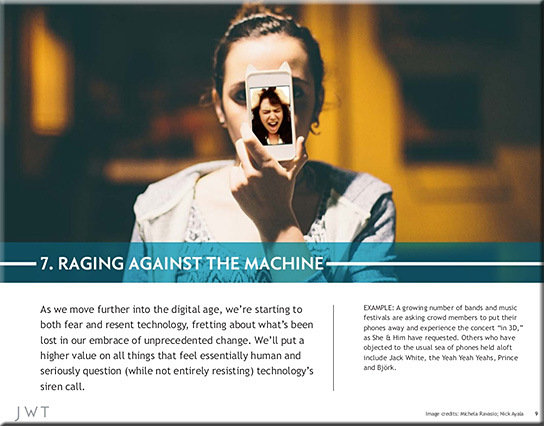









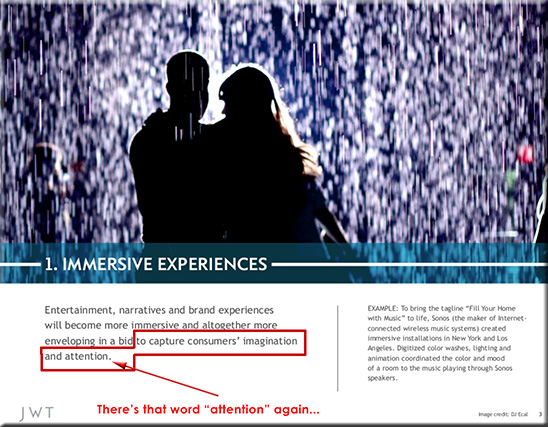
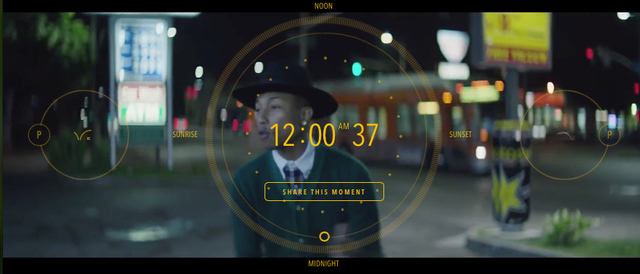
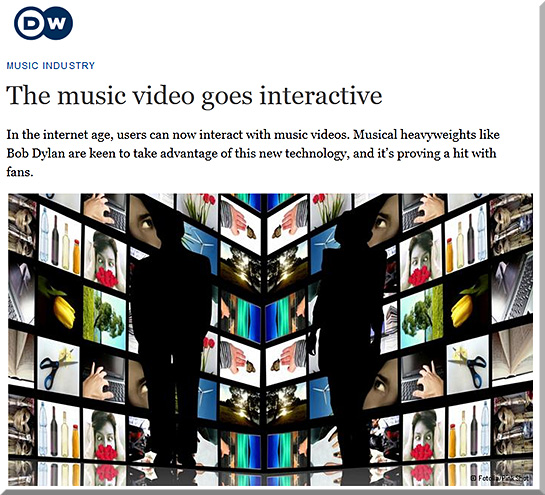
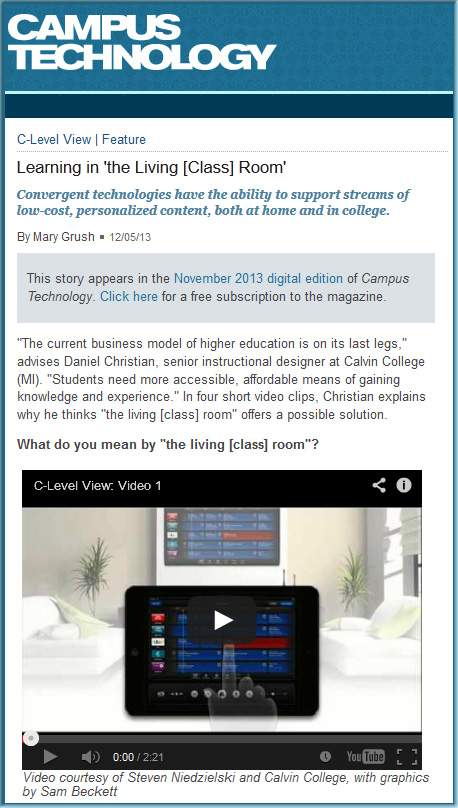
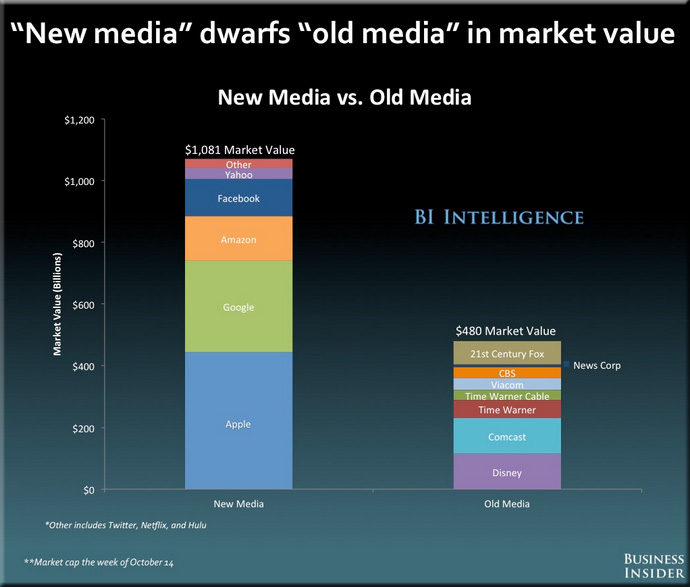

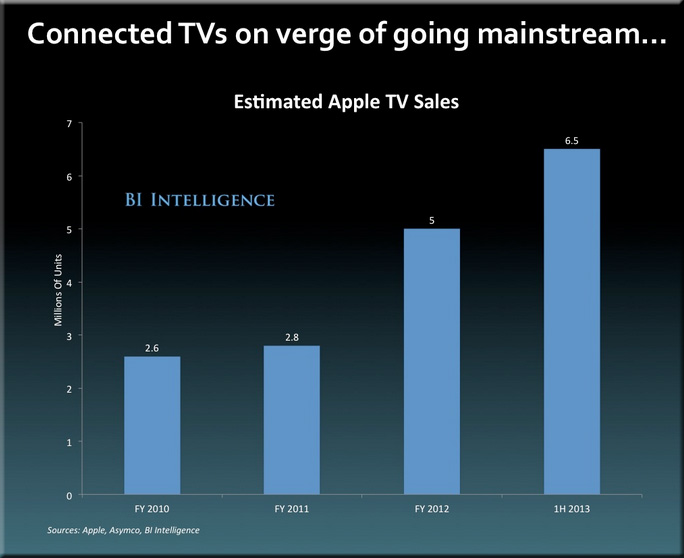
![The Living [Class] Room -- by Daniel Christian -- July 2012 -- a second device used in conjunction with a Smart/Connected TV](http://danielschristian.com/learning-ecosystems/wp-content/uploads/2012/07/The-Living-Class-Room-Daniel-S-Christian-July-2012.jpg)



